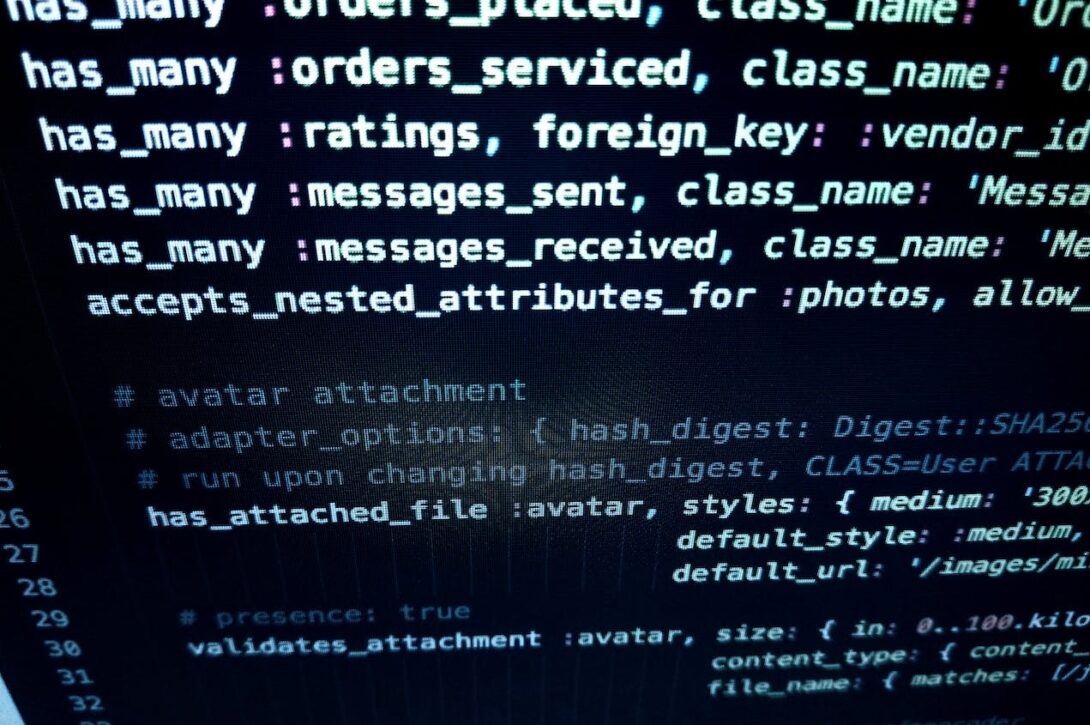Tag: personal data
News
- Articles from Policy & Internet
- Books
- Call for Papers
- Child Safety
- Collective Action
- Conferences
- Democracy
- Development
- Economics
- Education
- Environment
- Ethics
- Governance & Security
- Health
- Interviews
- Mapping
- Methods
- Policy
- Politics & Government
- Publications
- Social Data Science
- Submissions Closed
- Tools
- Video
- Wellbeing
-

New Voluntary Code: Guidance for Sharing Data Between Organisations
For data sharing between organisations to be straight forward, there needs to a common understanding…
-

Designing Internet technologies for the public good
—
People are very often unaware of how much data is gathered about them—let alone the…
-

Unpacking patient trust in the “who” and the “how” of Internet-based health records
—
Key to successful adoption of Internet-based health records is how much a patient places trust…
-

Ethical privacy guidelines for mobile connectivity measurements
—
Measuring the mobile Internet can expose information about an individual’s location, contact details, and communications…
-

The scramble for Africa’s data
—
in DevelopmentAs Africa goes digital, the challenge for policymakers becomes moving from digitisation to managing and…
-

Time for debate about the societal impact of the Internet of Things
As the cost and size of devices falls and network access becomes ubiquitous, it is…
-

eHealth: what is needed at the policy level? New special issue from Policy and Internet
—
Policymakers wishing to promote greater choice and control among health system users should take account…
-

Personal data protection vs the digital economy? OII policy forum considers our digital footprints
The fact that data collection is now so routine and so extensive should make us…
-

Last 2010 issue of Policy and Internet just published (2,4)
We are pleased to present seven articles, all of which focus on a substantive public…


